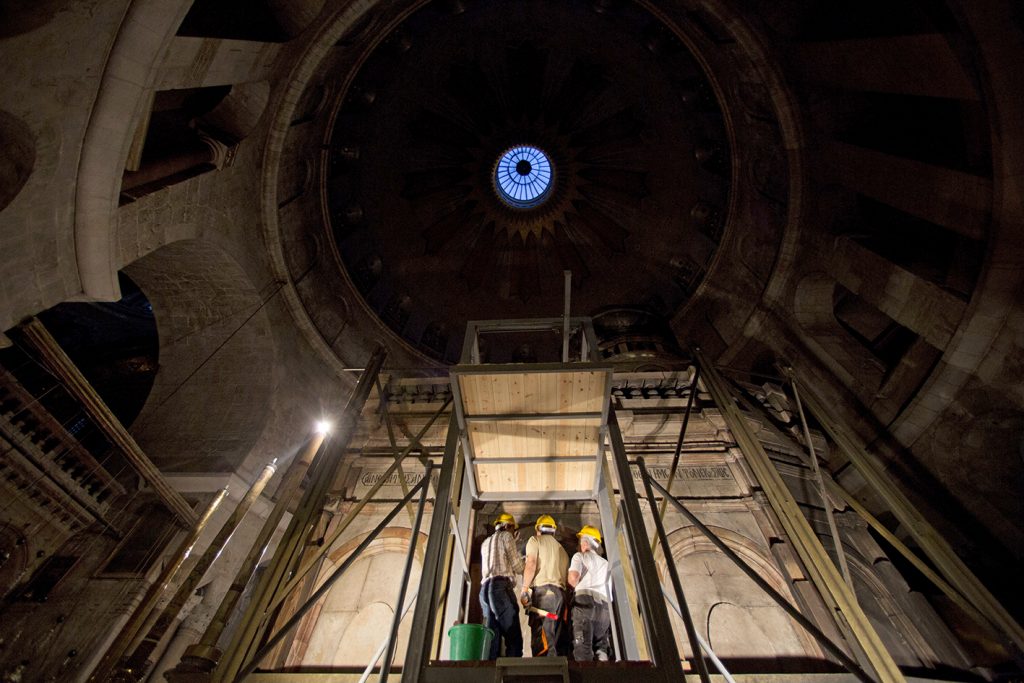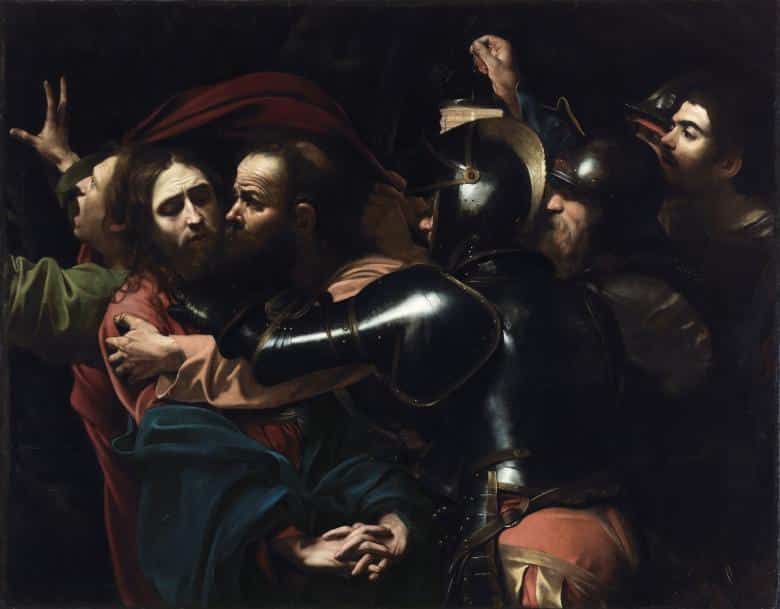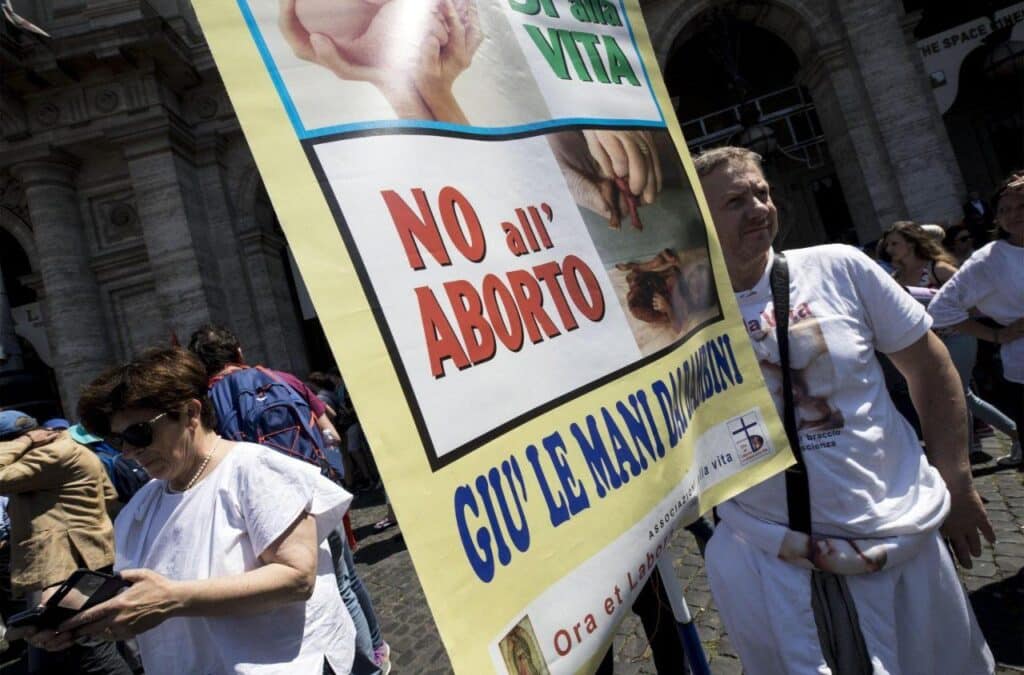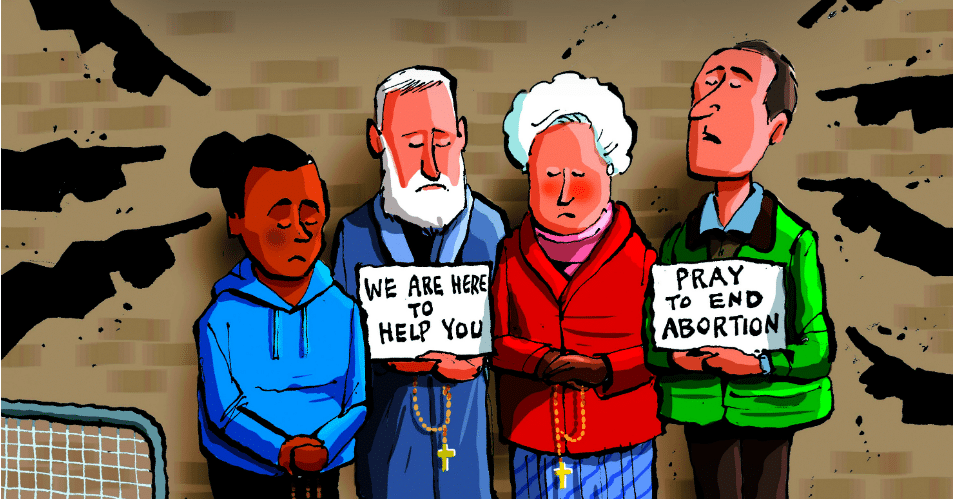
Last week, for the first time in its history of nearly 2,000 years, the tomb (sepulchre) of Jesus was examined by archaeologists and conservationists. Never before has it been subject to scientific scrutiny. These men of science, accompanied by a group of selected priests and monks, were surprised by what they saw. Despite centuries of damp, wars and more than a dozen earthquakes, everything in the rock-cut cave chamber is still intact. It has been central to the Church of the Holy Sepulchre, or, as it is called by Orthodox Christians, the Church of the Anastasis (the Resurrection), since it was commissioned 1,670 years ago by Emperor Constantine a year after the Council of Nicaea.
Not only is the rough burial shelf hewn from rock in one piece, but an additional feature was noted which verifies that the holy tomb conforms to standard burial chambers of the era. Remnants of the original 6ft-high walls which had been cut into the ancient limestone quarry still stand on the bedrock. There was also a broken slab of marble protecting the burial slab on which a small cross is carved.
Equally important is how the features seen and photographed by the scientists tie in with the descriptions of Jesus’s burial and tomb in the New Testament. Fr Athanasius Macora, who looks after the Catholic interest in the church, explained: “Nothing contradicted what is described in the Gospels.”
Fr David Neuhaus, patriarchal vicar for Hebrew-speaking Catholics, described the emotion of witnessing the moment of the uncovering of the tomb by the National Technical University of Athens, using physical strength and metal ropes: “It was very moving for all of us; a real moment of reason strengthening faith. Our eyes beheld that which is written in the New Testament.”
His joy at seeing where Jesus’s body was believed to have been laid on a slab and anointed with myrrh and aloes, was amplified by Fr Christian Eeckhout of the École Biblique. He spoke movingly about how the tomb is the most sacred monument in Christendom and how the Resurrection of Jesus from it lies at the very foundation of our faith.
After 60 hours of working day and night to examine and photograph the tomb, the conservators returned the top marble slab, but added a new feature: an unobtrusive rectangular window so onlookers can view a section of its ancient limestone wall.
The conservation work on the tomb is concurrent with repairs to the Edicule (from the Latin aedicula, or “little house”), a chapel-like structure above the tomb. Originally built by the Greeks in 1810 after a fire had ripped through the church, it had to be reinforced by steel girders in 1937. Last February, safety concerns prompted Israeli police to shut down the Edicule for four hours. Within a month an agreement to begin work was signed by the churches. The fact that the details seen by the scientists in the tomb tie in with the New Testament is important in such a controversial city as Jerusalem. Although the Gospels refer to Jesus being laid on a limestone slab and “wound in linen clothes with the spices, as the manner of the Jews is to bury” (John 19:40) only tradition identifies the site as his place of burial and Resurrection. There is no map or written evidence.
An alternative location near Damascus Gate, outside the Old City walls, now known as the Garden Tomb, was established in the late 19th century by General Gordon of Khartoum. Dismissed by Catholics and Orthodox Christians who revere the site in the Church of the Holy Sepulchre, it is mostly visited by Protestants.
“There is no other site that has such a claim as weighty as that of the tomb at the Church of the Holy Sepulchre,” said Dan Bahat, a veteran Israeli archaeologist who has worked on sites in Jerusalem for nearly half a century. As well as the Holy Sepulchre site tying in with the topography of Calvary/Golgotha described in the Gospels, it is verified by archaeologists who dug under parts of the church last century. They confirmed that the church is built on a disused meleke limestone quarry just outside the city, which was used as a burial ground and also contained small vegetable gardens. This changed when Herod Agrippa enlarged the city in AD 41 and built walls beyond the quarry. Emperor Hadrian later erected a massive temple to Aphrodite on the site which Constantine demolished to make way for the church.
Although there has been extensive publicity on the fights and disagreements between the Christian denominations which share the church, few recognise that it is the only church in the world where six of the ancient Christian denominations – the Greek Orthodox, the Roman Catholic, Armenian Orthodox, the Copts, the Ethiopians and Syriac Orthodox – worship side by side.
Instead of writing about any cooperation, the emphasis has generally been on how priests and monks have periodically become embroiled in bitter disputes over territories and responsibilities, sometimes involving violence. Yet major repairs have been carried out with cooperative efforts by all six churches. Indeed, the present repairs are minor compared to the rebuilding works to the dome in the 1960s. “The work now is being carried out by the three major communities,” Fr Athanasius explained, “and the other three haven’t created any problems and have acquiesced to it.”
Exacerbating the delays to any repairs are old Ottoman laws which prevent any alterations being made. A decree governing the rights of the different churches issued by Sultan Abd al-Majid in 1852 in the lead up to the Crimean War is still in force. This freezing of territorial and other rights of the churches became entrenched in international law when it was incorporated in the Treaty of Berlin in 1878. As Raymond Cohen explains in his book, Saving the Holy Sepulchre: How the Rival Christians Came Together to Rescue Their Holiest Shrine, the treaty confirmed “that no alterations can be made in the status quo of the Holy Places”.
While the status quo gave the Greeks, Catholics and Armenians rights of possession of specified areas, it only gave rights of usage to the other three churches. Additionally, much to the disquiet of Catholics, it confirmed that the lion’s share of the church belonged to the Greek Orthodox.
These laws mean that possession of a roof implies ownership of what is below, and financial expenditure is seen as a claim to ownership. Fr Athanasius said: “In terms of modern law, an analogy would be the example of customary law where usage [implies] a right to continue to do so, whether it be prayer times, cleaning or repairs. It is always feared that a precedent will be set.”
But disagreements between the churches are not confined to intercommunal property rights within the Church of the Holy Sepulchre. No simultaneous celebration of Christ’s birth or death takes place in Jerusalem or anywhere else. While Catholics and Protestants observe Christmas and Easter on the same dates, the Greek Orthodox, Syriac Orthodox, Armenian Orthodox and Copts keep their own calendars.
Nor are disagreements new. In the late 2nd century Celsus, a philosopher, in True Teaching, reproached the Christians for being so divided and at odds with each other: “Since they have spread to become a multitude, they split and separate and want each to have his own faction”.
This article first appeared in the November 11 2016 issue of the Catholic Herald. To read the magazine in full, from anywhere in the world, go here
![]()
This page is available to subscribers. Click here to sign in or get access.
Areas of Catholic Herald business are still recovering post-pandemic.
However, we are reaching out to the Catholic community and readership, that has been so loyal to the Catholic Herald. Please join us on our 135 year mission by supporting us.
We are raising £250,000 to safeguard the Herald as a world-leading voice in Catholic journalism and teaching.
We have been a bold and influential voice in the church since 1888, standing up for traditional Catholic culture and values. Please consider donating.



